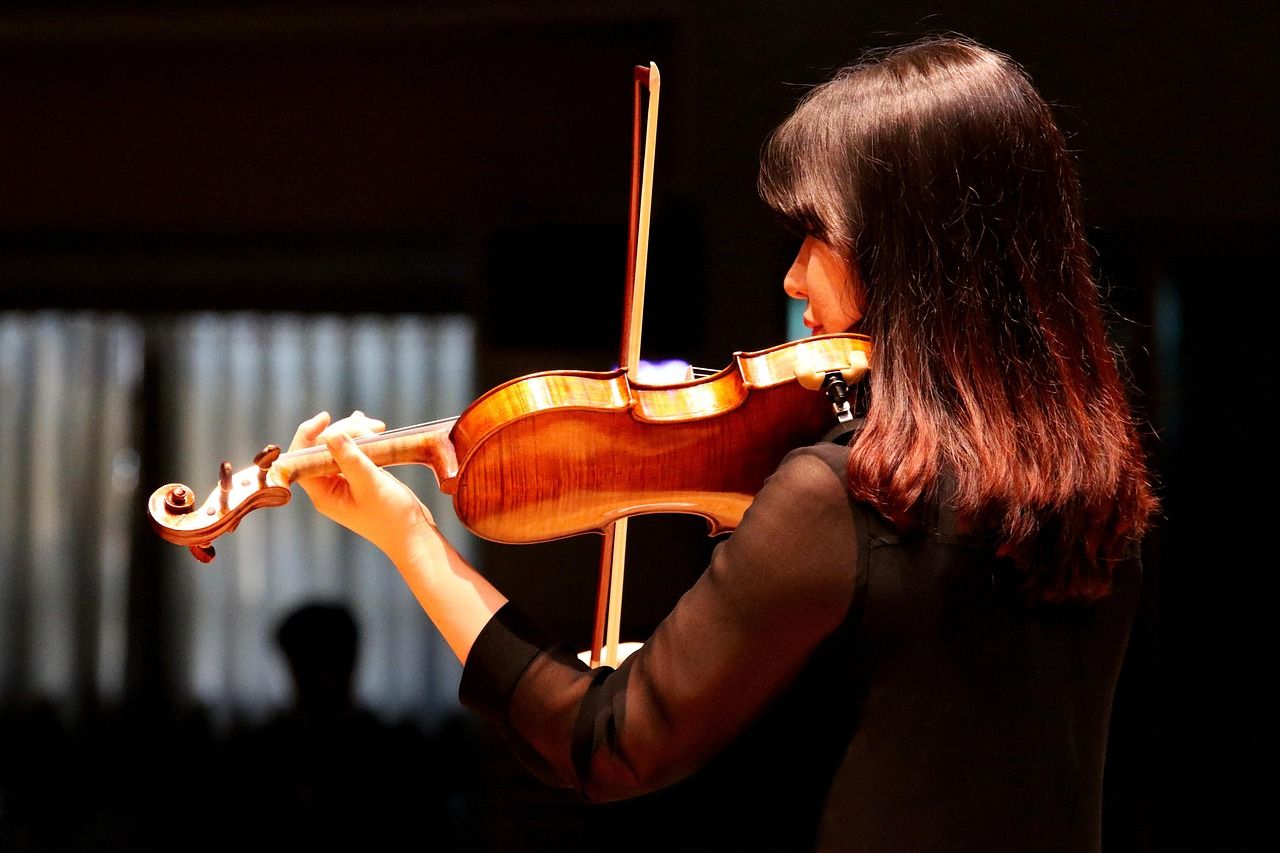Follow us on Google News (click on ☆)

Pixabay illustration image
This is what a team from the School of Psychology at Université Laval wanted to find out by studying the question in 16 people who had been playing a musical instrument on a weekly basis for at least 5 years and who were enrolled at Université Laval (musician group). The team also conducted the same tests on 16 people who had never played an instrument and had no musical training (non-musician group).
All subjects were subjected to the following experimental protocol: seated in front of a computer in a quiet room, they had to determine whether the interval between two auditory, visual, or tactile stimuli presented to them was short or long. "The two stimuli marking the interval could be of the same nature, for example auditory, or it could be a combination, for example auditory-tactile," explains psychology doctoral student Pier-Alexandre Rioux.
For intervals with a duration around 250 milliseconds (ms), the short interval between auditory stimuli was 240 ms while the long one was 260 ms. For visual and tactile stimuli, these intervals were 225 and 275 ms respectively. Finally, for hybrid stimuli, they were 210 and 290 ms, regardless of the combination. These tests were repeated with intervals longer than 1 second; the difference between short and long intervals was then 5 times greater than in the first series of tests.
The results of these experiments, which were published in the journal Attention, Perception & Psychophysics, are clear. First finding: overall, the percentage of correct responses is higher in the musician group than in the non-musician group. Second finding: regardless of the nature of the stimuli, the subjects in the musician group performed better than those in the non-musician group. Third finding: these differences were observed for both short and long intervals.
"Overall, our results suggest that musicians are better than non-musicians at discriminating the duration of an interval, regardless of the nature of the stimuli and the duration of the interval," summarizes Pier-Alexandre Rioux. "These results suggest that music practice acts on a general internal mechanism of time perception. However, we cannot rule out the possibility that it is a natural aptitude for rhythm and time perception that leads people to practice music."
The study published in Attention, Perception, & Psychophysics is authored by Pier-Alexandre Rioux, William-Girard Journault, Christophe Grenier, Eudes Saiba Ndola, Antoine Demers and Simon Grondin.